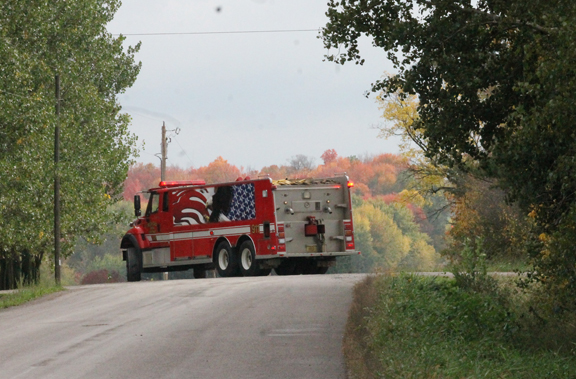Fall waterfowl hunting seasons on the horizon
Duck hunters in the northern zone will begin another fall season Saturday, Sept. 26, while the southern and Mississippi River zones open Saturday, Oct. 3. The northern zone duck season will run Sept. 26-Nov. 24. The southern and Mississippi River zone seasons have a five-day split, running Oct. 3-11, and Oct. 17-Dec. 6.
Opening day shooting hours will begin a half hour before sunrise.
Waterfowl hunters should note that the goose season in the southern portion of the exterior zone, will also be closed during the five-day split, from Oct. 12-16. Also, hunters should note that goose season in the Mississippi River subzone opens Oct. 3, and is closed Oct. 12-16.
The daily bag limit statewide is six ducks, including no more than four mallards, of which two may be a hen (new for 2020); two black duck; two canvasbacks; three wood ducks; one pintail; and two redheads.
Per the U.S. Fish and Wildlife Service regulations, there has been a change in the daily scaup bag limit for 2020.
The daily scaup bag limits by zone are the following:
• North – one scaup/day, Sept. 26-Oct. 10; and two scaup/ day, Oct. 11-Nov. 24.
• South – one scaup/day,Oct. 3-11, Oct. 17-22; and two scaup/day, Oct. 23-Dec. 6.
• Mississippi River – one scaup/day, Oct. 3-11, Oct. 17-22; and two scaup/day, Oct. 23-Dec. 6.
Five mergansers may be harvested daily, of which no more than two may be hooded mergansers, while 15 coots may be harvested daily.
With resident Canada goose numbers holding steady and average production of the Ontario breeders, hunters will have ample opportunity to enjoy another full 92 days of hunting in the exterior zone, with a three-bird daily bag limit.
The regular Canada goose season structure is as follows:
• Northern zone – Sept. 16-Dec. 16
• Southern zone – Sept. 16-Oct. 11; Oct. 17-Dec. 6; and Dec. 22-Jan. 5, 2021.
• Mississippi River Subzone – Oct. 3-11, and Oct. 17-Jan. 5, 2021.
While afield, goose hunters must carry their Canada goose harvest permit. Early and regular season goose permits may be printed on regular white paper, rather than green thermal paper. Acceptable methods of proof include a paper copy, department-approved PDF displayed on a mobile device, Wisconsin driver’s license or Go Wild Conservation Card.



